Bus, tram and train services operate all over the Netherlands. Therefore, Dutch public transport is a great way to travel through and between the towns, cities and rural communities of Holland. This page offers information on the various ways in which you can get from A to B, and takes you through them, step by step.
 Tip
Tip
- Download the 9292 app to plan your journey on any type of public transport!
- You can also call the general number for information on public transportation: 0900 9292, or visit www.goabout.com for travel advice that includes bus, tram and metro lines
- In larger cities, local transportation companies have office windows at the railway station. From here they sell schedules and offer travel advice
- The VVV tourist office, the municipal offices (gemeentehuis, stadhuis or stadskantoor) can also offer you information on getting around in the Netherlands
THE OV-CHIPKAART
There is a public transportation card in the Netherlands called the ‘OV- Chipkaart‘. You can load money onto your card, and use it to travel on all forms of public transport in NL! There two types of OV-chipkaart:
The Personal OV-chipkaart
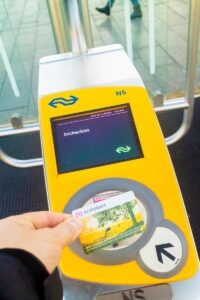 The personal OV-chipkaart is a plastic, credit-card shaped public transportation card. Most Dutch people, and residents of NL, carry a personal OV-Chipkaart. They make getting around extremely efficient, so buying one is highly recommended! The card will display its owner’s photograph, and contain information about:
The personal OV-chipkaart is a plastic, credit-card shaped public transportation card. Most Dutch people, and residents of NL, carry a personal OV-Chipkaart. They make getting around extremely efficient, so buying one is highly recommended! The card will display its owner’s photograph, and contain information about:
- How much credit they have
- Whether they have a right to certain reductions
- Any public transportation ‘subscriptions’ they might have
- Whether they are traveling with a pass
The Anonymous OV-chipkaart
Tourists can buy and top up an ‘anonymous OV-chipkaart‘, or a ‘disposable OV-chipkaart‘ at any of the following locations in NL:
- The station: at either a customer service desk, or at an NS ticket automat
- Supermarkets
- News agents
- On the tram/bus
- At the airport
- Through a public transportation company
The anonymous card can be used for more than one day and for travelling long distances. The disposable card is only valid for single use, and for a short period of time.
You can find travel discount products on www.ov-chipkaart.nl. First you must create an account. Next, simply click on ‘English’, ‘Reloading’, and ‘National Travel Products’.
 Tip
Tip
Chipkaart Credit
- Do not forget to load credit onto the OV-chipkaart before using it! You can do this at the counter of a public transportation company, or at one of the yellow machines at the train station
- Ticket machines have begun to totally replace ticket windows at some stations. They take either coins, or a bank cards
- You must have a certain minimum amount of credit on your OV-chipkaart before you are allowed to travel on certain modes of transport
Remember to ‘Check Out’
Even though you use the same OV-chipkaart to travel by train, bus, tram and metro, you must remember to check out before boarding another type of public transport! So, if you switch from traveling by train to, say, traveling by bus remember to beep your card. In general, this does not apply when you switch trains. That is, unless you change train companies. If you transfer to a regional train company, such as Arriva or Connexxion, you will need to check out!
 Side Note
Side Note
The ‘Studenten OV-chipkaart’
Students are issued a public transportation pass, called the ‘Studenten OV-chipkaart‘. As a student in the Netherlands, you can choose when you want to travel for free. Your options are:
- Between Monday morning at 4 A.M. and Saturday morning 4 A.M. With this option, you will also pay a reduced price during the weekends, on holidays and during summer break
- Between noon on Friday and Monday at 4 A.M. Traveling during the holidays, in the summer break, and on weekdays will also be reduced for you
The choice you make will be marked on the chipkaart and is referred to as the ‘studentenreisproduct’.
TYPES OF PUBLIC TRANSPORT
1. Buses
Most rural communities in the Netherlands are linked by either city buses or regional buses.
- City buses operate within towns and cities, and stop frequently
- Regional buses take you from town to town, and cover considerable distances between stops once they have left a town
Plan your Trip
Visit www.connexxion.nl to find out which lines operate in your region and to plan your trip. Unfortunately, there is no English language option on this site. So, here are the steps you need to follow:
- On the home page, go to: ‘Waar wil je heen’? (Where do you want to go?)
- Here, you can fill in where you are leaving from: ‘van’
- Next, where you are going to: ‘naar’
- Then, select ‘vertrek’ (meaning departure time) or ‘aankomst’ (meaning arrival time)
- Enter the date and time you wish to depart or arrive
- Alternatively, you could visit: www.goabout.com. From this site you can download the public transportation schedule for your area (Zoek dienstregeling), or the app: connexxion
2. Trams
The tram is another popular mode of public transport in the Netherlands. The simplest way to find out which tram you need to take, is to consult the 9292 app. ( You can read about this in the tip box at the top of the page.) If you are not an ‘app person’, you can simply ask at your nearest train station. Here are some must-know tram facts:
- Consult the service schedule at the tram stop to find out how frequently it runs
- The tram usually runs from 6 AM in the morning until after midnight
- In order to travel by tram, you will need to have a valid ticket, or OV- chipkaart
- It is possible to buy a ‘single-use chipkaart’ on the tram, but this may cost more
Tram Passes
If you will be using public transport on four days of the week or more, it might be economical for you to buy a monthly pass. In order to arrange this:
- Visit a Connexxion booth at the bus station. Bus stations are usually just outside of the train station
- Ask the clerk at the ticket windows for advise on which pass is right for you. They will be especially helpful if you visit at a time of day when they are not too busy
- Choose from their wide variety of passes and special tickets. The type of pass you select depends on your age and the kind of traveling you will be doing: frequent or infrequent, long distances or short, alone or in a group, during rush hour or off-peak
3. Trains
The Netherlands boasts a dense railway network. It offers frequent services and is the quickest way to travel between city centers. Train carriages are modern, clean and, although many Dutch people complain about delays, the trains usually run on time. There are two kinds of train in NL:
High Speed Trains
High-speed trains are only a worthwhile option if you intend to travel to a far-away destination. This is because they still travel at regular speeds through the densely populated areas in the Netherlands, and only pick up speed once they reach France. In other words, don’t count on cutting time by taking the high-speed train from Amsterdam to The Hague!
High Speed Tickets
You may only travel on a high-speed train if you have bought a special and more expensive ticket, and made a reservation. Still, beware! If you inadvertently board the Eurostar in Amsterdam to go and visit your friend in The Hague, you could find yourself paying a hefty fine!
Cross-Boarder Travel
Here are a few facts about travelling to the Netherlands’ neighboring countries:
Intercity and sprinter trains
Class Options
- On the train, you have a choice between first or second class
- The large ‘1’ or ‘2’ painted on the outside of the carriage indicates which class it is
- Traveling first class costs about 50% more
- First class trains have a slightly larger seat, in a compartment
- Second class compartments tend to be much fuller than first class
Ticket Options
- Regular train travel is either one-way (‘enkele reis’) or return (‘retour’).
- You cannot buy ‘paper’ tickets anymore, so you must purchase either an OV-chipkaart or a ‘one-time’ chipkaart.
Timetable and Information
- You can buy a complete railway timetable at a station, and at most magazine and bookstores
- A heavily abbreviated version, which lists the major ‘intercity trains’ will also be available
- However, it is much easier to simply check your connections online!
- You will be able to find information in both Dutch and in English on the internet, and details on how to get to and from the station
- It is your responsibility to swipe your OV–chipkaart
- Some people manage to elude inspection for a little while
- Sooner or later, however, a team of inspectors will suddenly appear in your bus or tram
- If you are caught traveling without a swiped OV-chipkaart, you will be fined
Smoking
- You are not allowed to smoke on trains in the Netherlands
- Nope, not even on the balconies
- This ban is enforced in all the areas where you might be waiting for, or walking towards, your train
- These include: halls, stairs, flyovers, elevators and covered platforms
Greenwheels Share Cars
One final transport option is the ‘Greenwheels Share Car’. You can find Greenwheels Share cars in over 1,700 locations in the Netherlands and in 90 train stations. These include: Amsterdam, The Hague, Rotterdam and Utrecht.
This system works as follows:
- It is possible to get either an individual or a shared subscription, provided that all drivers are at least 18 years of age
- Gas is included in the fee, and you pay a security deposit of €225
- If you ‘subscribe’ to a Greenwheels car, it will be parked at a fixed location and will be available for you to use 24 / 7
- Do not forget to reserve it in advance! You can do this on the website, the app, or over the phone
- When you arrange your subscription, you will be issued a personal card. You can use this card to open your car, or you can use your OV-chipkaart
- The greenwheels website offers plenty more information about how to use their app and operate their cars. The site is also in English!
 Side Note
Side Note
You can also use the Public Transportation Bicycle: the OV-Fiets.
 Useful links
Useful links
Plan your Dutch public transport journey with:
- 9292 and the 9292-app
- Connexxion
- Goabout

Understanding Mortgage Calculators ...
Buying a home in the Netherlands involves careful financial planning, especially for expats navigating the ...

Mortgage Interest Rates in 2025: Wh ...
As 2025 unfolds, expats navigating the Dutch housing market find themselves in a shifting financial ...

Remodeling your house in the Nether ...
Have you just bought or rented a house that needs remodeling – but have no idea ...

How to safely use public wifi netwo ...
Public Wi-Fi networks come with a significant risk to the security of your personal ...

Be prepared for the Dutch housing m ...
Buying a house in the Netherlands may work a bit differently to what you are ...
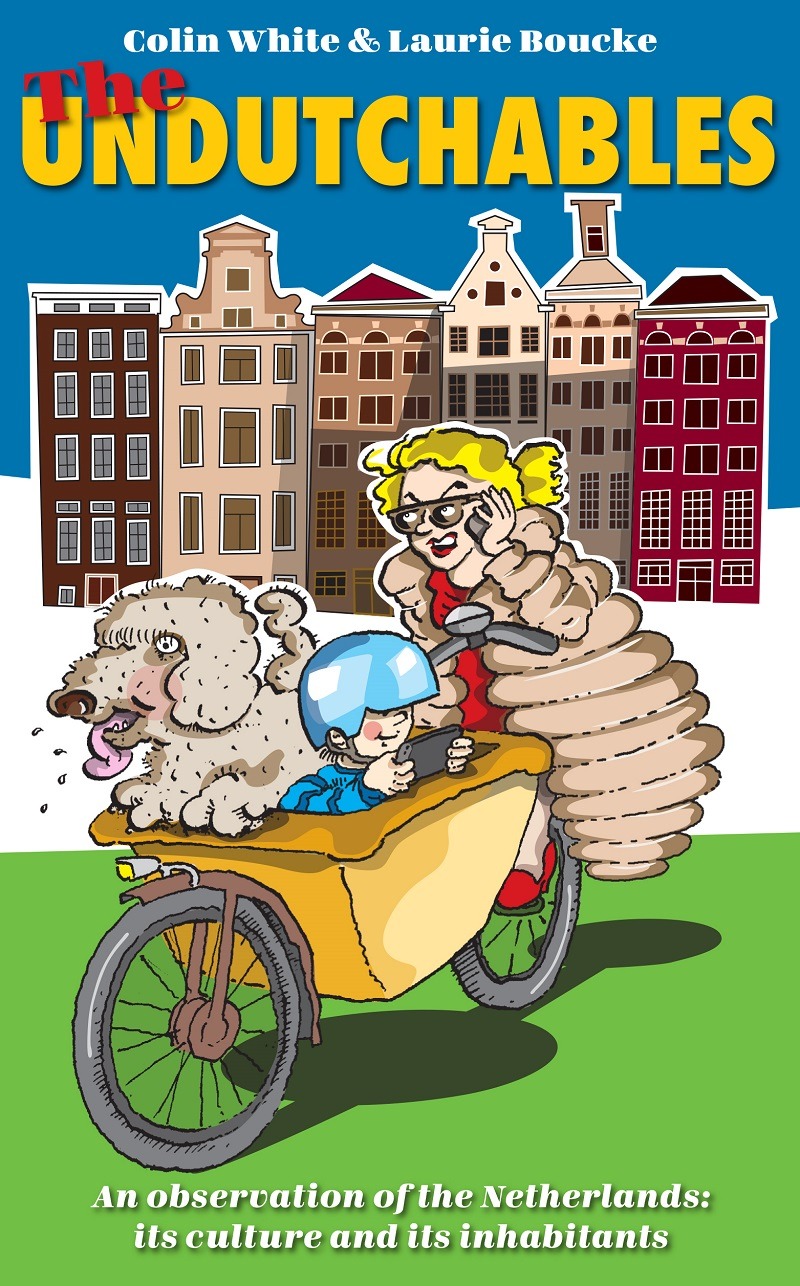
The UnDutchables 9.0
Following the legendary previous eight editions of The UnDutchables, the 9th edition of this all ...
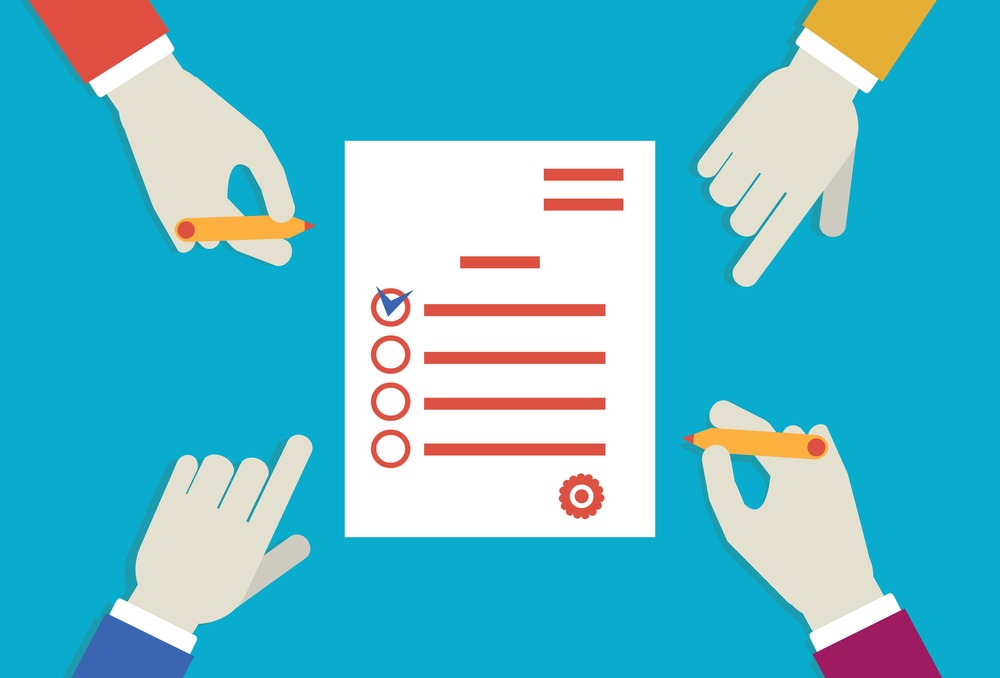
This is your checklist for moving t ...
Do you plan to move to Amsterdam or somewhere else in our beautiful country to ...
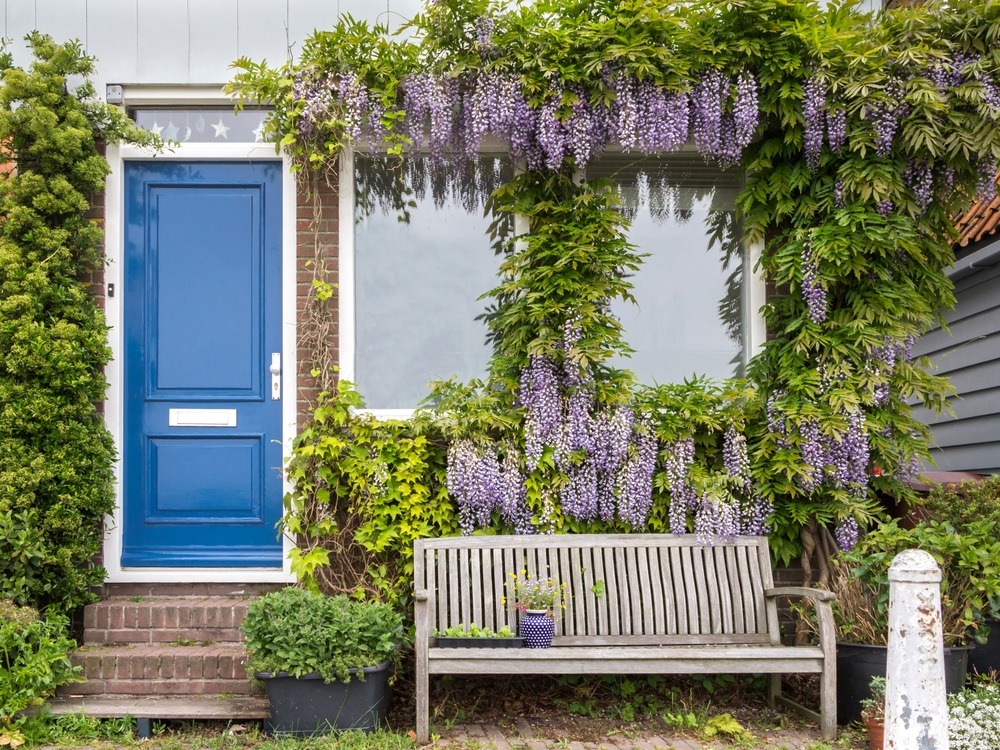
Making the most of your Dutch home
Whether you are renting, staying in a long-term AirBNB or have just bought a ...

Gift giving in the Netherlands-all ...
If you feel like skipping your birthday, you may be in for a challenge when ...
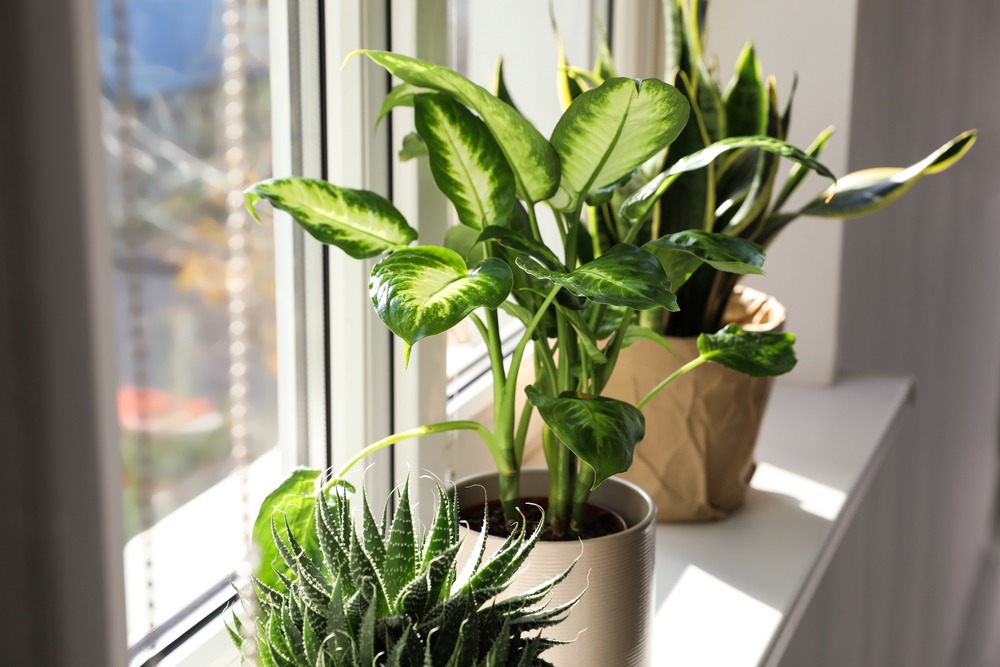
10 things you will find in every Du ...
The Dutch are very fond of houseplants, the more the merrier! You will find the ...